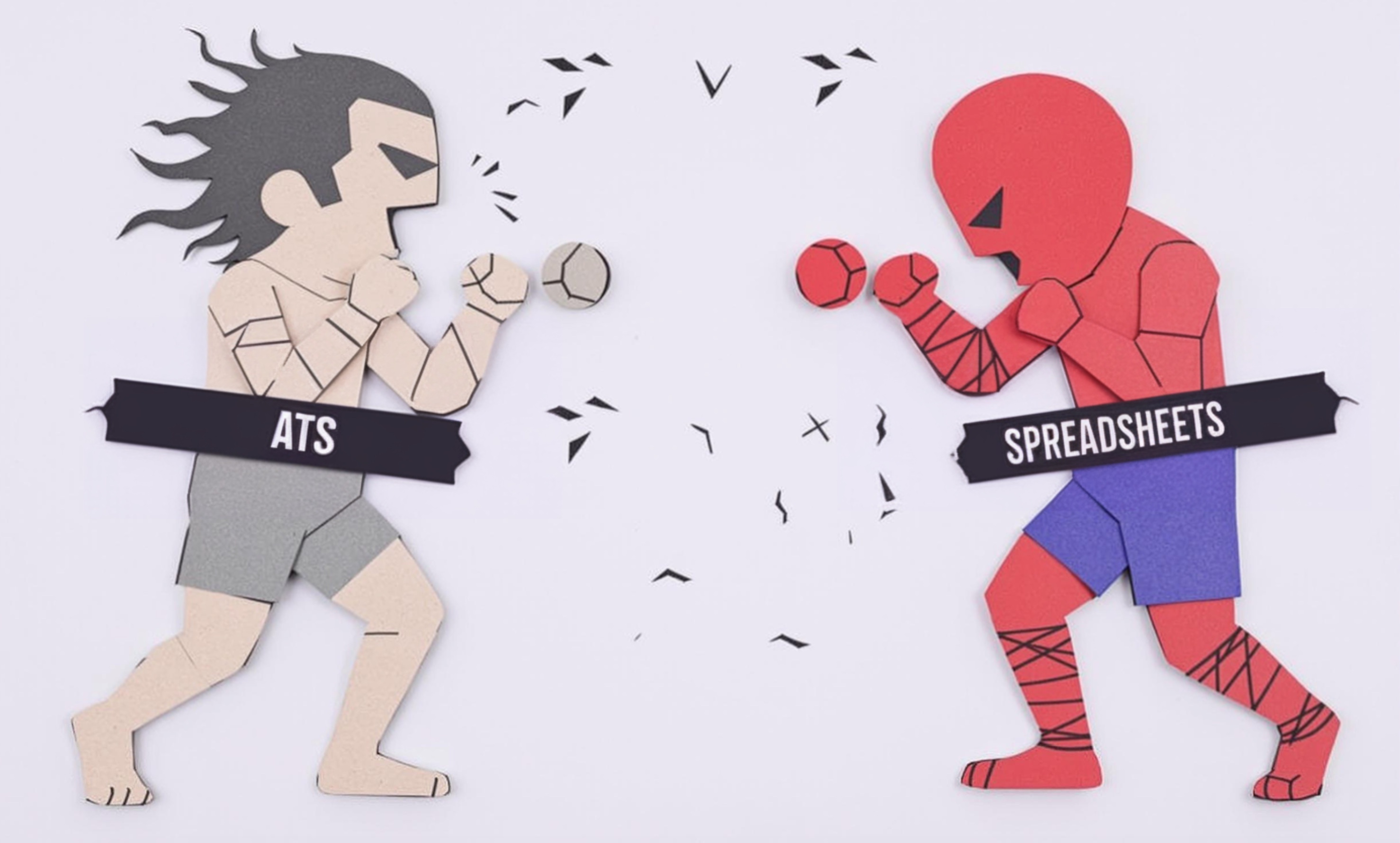
Character Sheet
A Character Sheet is a detailed reference document used in manga and animation production that shows how a character looks from different angles, with their expressions, outfits, and important details. Think of it like a blueprint or instruction manual that helps everyone on the production team draw the same character consistently. Artists use these sheets to make sure characters look the same throughout a project, whether they're working on a comic book, animated show, or video game. You might also hear it called a "model sheet," "character reference," or "character design document."
Examples in Resumes
Created Character Sheet|Character Sheets for main and supporting characters in a successful manga series
Supervised team of artists in developing Character Sheet|Model Sheet designs for animated TV show
Designed and maintained Character Sheet|Character Design Documents for mobile game characters
Typical job title: "Character Designers"
Also try searching for:
Where to Find Character Designers
Online Art Communities
Professional Networks
Example Interview Questions
Senior Level Questions
Q: How do you manage a character design pipeline for a large project?
Expected Answer: A senior designer should explain their process of organizing design workflows, maintaining consistency across multiple artists, setting style guidelines, and ensuring efficient feedback and revision processes.
Q: How do you adapt character designs for different media formats?
Expected Answer: They should discuss how designs need to be modified for different uses like print, animation, or games, including considerations for detail levels, animation requirements, and technical limitations.
Mid Level Questions
Q: What elements do you include in a character sheet?
Expected Answer: Should describe key components like multiple angles, expressions, size comparisons, color schemes, and important character details that help maintain consistency.
Q: How do you ensure character designs match the project's style guide?
Expected Answer: Should explain their process of reviewing style requirements, implementing feedback, and maintaining consistency with established project aesthetics.
Junior Level Questions
Q: What basic views are essential in a character sheet?
Expected Answer: Should mention front, side, and back views at minimum, and explain why these are important for understanding the character's full design.
Q: How do you organize layers in your character sheet files?
Expected Answer: Should demonstrate basic knowledge of file organization, including separating elements like line art, colors, and details into different layers for easy editing.
Experience Level Indicators
Junior (0-2 years)
- Basic character drawing skills
- Understanding of basic anatomy
- Knowledge of industry-standard design software
- Ability to follow style guides
Mid (2-5 years)
- Strong character design principles
- Efficient workflow management
- Ability to create style guides
- Experience with multiple art styles
Senior (5+ years)
- Advanced character design expertise
- Team leadership and art direction
- Pipeline development and management
- Multiple successful project completions
Red Flags to Watch For
- No portfolio of character designs
- Lack of knowledge about industry-standard design software
- Unable to show examples of consistent character designs
- No understanding of production pipelines
- Poor communication skills about design choices
Need more hiring wisdom? Check these out...

Why Your Hiring Spreadsheets Are Secretly Sabotaging Your Recruitment

Automated Scorecards in ATS Systems: Your Secret Weapon for Smarter Hiring Decisions

Beyond Spreadsheets: Why Executive Dashboards in ATS Systems Are Your Secret Hiring Weapon

